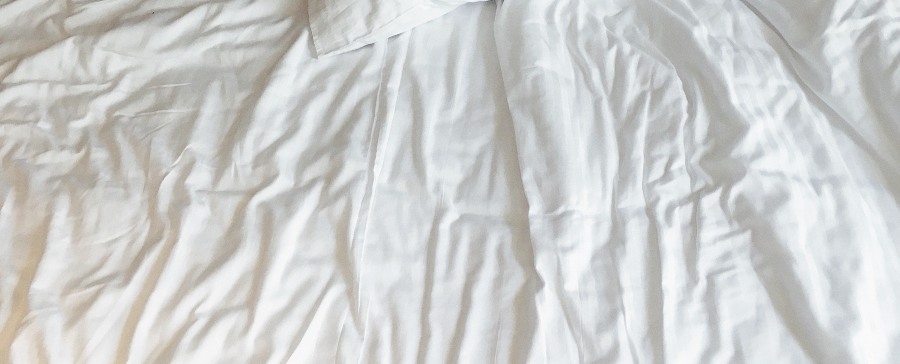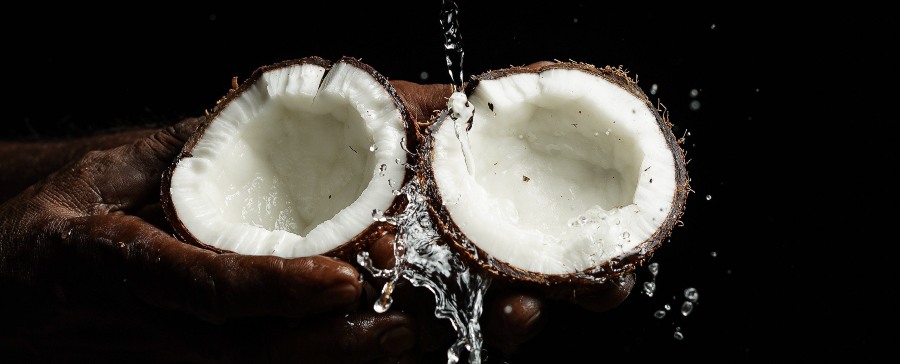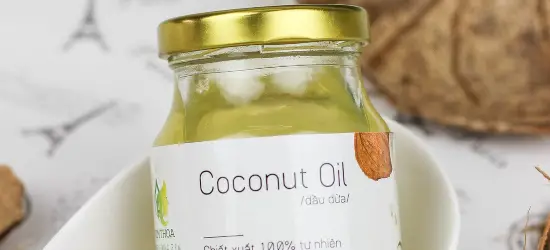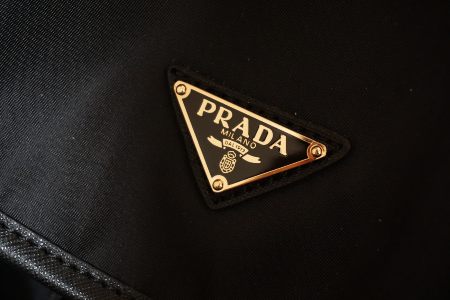While compared to other oils, coconut oil has many uses since, apart from being used in cooking, it is also used for personal and health care. Due to its versatility, you are likely to find coconut oil in most households. However, as the households use coconut oil for different purposes, the oil can contact the clothes and leave some marks.
Coconut oil will stain clothes if it’s allowed to sit for too long. While exposed to heat, the stain could become permanent. Immediately coconut oil stain is spotted, use a dry cloth or paper towel to blot out as much coconut oil off the fabric as possible. After that, apply baking soda or cornstarch to the stain and wash the garment in a hot water setting.
This article discusses coconut oil stains and what you can do to remove the stains. Specifically, how to remove coconut oil stains after washing, whether coconut oil will stain sheets and pillowcases, and how to remove old coconut oil stains are all discussed in the article.
Does Coconut Oil Stain Clothes?
To understand whether coconut oil stains clothes, it is ideal to have a brief overview of coconut since coconut oil is derived from coconut. After that, we can then look at what is inside coconut oil and discuss whether it can stain clothes or not.
Coconut is a fruit obtained from coconut palm whose scientific name is Cocos nucifera. It is believed that coconut palm originated from South East Asia and spread to other parts of the world. Presently, you can find coconut palms growing in tropical regions with high rainfall and humidity throughout the year.
Coconut palms are christened to The Tree Of Life because of the immeasurable value that the tree has to human beings. In many countries, millions of people make a living from coconut palms. In addition, the tree is used in making novelty items and different oil and food products. In short, each part of the coconut palm tree benefits human beings and animals.
Coconut oil is an edible oil made from coconut palm fruit, milk, meat, and wick. Even though coconut oil is in solid form and white color, it melts in warmer temperatures of about 77 degrees Fahrenheit. Therefore, coconut oil will be a thin liquid in the warm summer months.
Coconut oil stains clothes when the oil spills onto the clothes surface and the molecules from coconut oil are trapped inside the fibers and pores of the garment. As a result, the coconut oil spilled conceals the underlying surface, and the newly formed stain reflects the light of its color, making the stain noticeable.
When coconut oil stain comes into contact with extreme heat, a chemical reaction that converts the stain into a chemical compound takes place, thus making it almost impossible to remove the stain.
To remove coconut oil stains on clothes, you can use dishwashing soap and baking soda. Start by applying baking soda to the stain and allow the baking soda 15 minutes to absorb the oil. Then, with a soft bristle brush or toothbrush, brush off the baking soda and wash your cloth with warm water. Next, mix warm water with dish soap and soak the cloth for 10 minutes. Finally, wash the cloth normally, and the coconut oil stain will be gone.
Does Coconut Oil Stain Sheets?

You probably read somewhere that coconut oil is good for your skin or hair. So you plan to apply some oil to your skin or hair as you go to bed and let the coconut oil do its magic as you sleep. However, you remember that you could end up staining your sheets. As a result, you are left asking whether coconut oil stains sheets.
Coconut oil does stain sheets since when the sheets come into contact with the coconut oil, the oil molecules will be trapped inside the fiber and pores of the sheet forming a stain. One of the best ways to remove the coconut oil stain from your sheet is to apply dish soap to the stain and let it rest for 15 minutes. You can then wash your sheets as you usually do, and the stain will be removed. Dish soap is rich in surfactants, ensuring that the stain is removed.
However, if you have applied coconut oil to your hair, you can sleep with your sleep cap to ensure that the coconut oil does not stain your clothes. Alternatively, you can apply coconut oil to your hair during the daytime when you are not sleeping.
Coconut oil does not ruin sheets since the fat can be removed by washing the sheet with dish soap. However, please note that it could be destroyed if your bed sheet is made from silk since it is always a challenge to remove oil stains from silk. However, if your sheets have coconut oil, you can use the method discussed to remove the stain.
Will Coconut Oil Stain My Pillow?
If you have coconut oil in your hair, it is better that you wear a sleep cap to minimize the chances of coconut oil in your hair coming into contact with the pillow. Alternatively, you can also place a towel on top of the pillow so that the towel protects the pillow from coming into contact with coconut oil.
Coconut oil will stain your pillow once it comes into contact with the pillow. However, the good news is that if your pillowcase is made from cotton, you can remove the stain by using dish soap to wash your pillow.
How To Get Coconut Oil Out Of Clothes After Washing?
At times coconut oil stains can be frustrating. For example, you follow an elaborate stain removal process and wash your clothes only to find that coconut oil stain is still in the clothes even after the clothes have been washed and dried. Don’t worry; follow the process below, and you will remove the stain. In addition, if your cotton shirt has a coconut stain, you should also use the process below:
What you will need
Dish detergent
Soft bristle brush or an old toothbrush
Cold or warm water
Washing machine
Washbasin
The Process
Step 1: Dampen the stain
Sprinkle warm or cold water on the coconut oil stain to dampen the stain. This phase is crucial since it ensures that the coconut oil stain is loosened.
Step 2: Cover the coconut oil stain with dish soap
Apply dish soap to the stain and let it rest on the stain for 10 minutes. Dish soap is specifically made to clean grease and oil dirt. Thus, it has elements that break down the coconut oil stain in your fabric.
Step 3: Use a soft bristle brush or old toothbrush to brush the detergent onto the stain
Using a soft brush, scrub the detergent onto the stain. Ensure that you thoroughly scrub the entire stain for a few minutes. The dish soap must be entrenched into the fabric fibers to remove all the coconut oil in the fabric.
Step 4: Rince the cloth with warm or cold water
After scrubbing, rinse your cloth with cold or warm water and make sure that all soap dish has been removed.
Step 5: Wash the cloth in a washer
Wash the cloth in the washer according to the care label.
Step 6: Air dry the cloth
Air-dry the fabric on a clothesline. Don’t dry the cloth in a tumble dryer since if the stain has not been successfully removed, you will make it harder to remove the stain since the heat in the dryer will make the stain permanent.
Step 7: Repeat the process if the stain is not entirely removed
Once your cloth has dried, check whether the stain has been successfully removed. If the stain is not removed, you should repeat the process.
If the coconut oil stain is stubborn and is not coming off, you can use the procedure below. Even if the procedure is specific for old coconut oil stains, it can also be used to get coconut oil out of clothes that have been washed and dried.
How To Remove Old Coconut Oil Stains From Clothes?
An old coconut oil stain that has stayed on the fabric for an extended period can be referred to as an old stain. You have old stains because you were busy and had no time to remove the stain while it was fresh or just forgot about the stain.
Even if removing old coconut oil stain can be challenging since the more the stain stays on the fabric, the harder it becomes to remove the stain, with some effort and commitment, you can remove old coconut oil stain from your garments. Here is the process that you should use.
What You Will Need
Soapdish
Soft bristle brush
Soft bristle brush or a toothbrush
Baking soda
Wd-40
Piece of cardboard
Flat surface or craft table
The Process
Step 1: Place the cardboard between the two sides of your cloth
Take the piece of cardboard and place it between the two sides of the stained cloth. The purpose of the cardboard is to ensure that WD-40 does not get to the other side of the fabric. If you don’t have cardboard, a plastic rid will do fine.
Step 2: Spray WD-40 on the stain
Spray a small amount of WD-40 on top of the stain. It would help if you didn’t spray a lot of WD-40 on the old cotton stain since it will spread to other parts of the stain once you have sprayed.
Even though WD-40 is a petroleum-based lubricant that causes stains, it has solvents capable of breaking oil and old oil stains. Once the oils of the old oil stain are broken, the molecules become easy to remove from the fabric.
Step 3: Apply baking soda on top of the stain
Apply baking soda on top of the stain. Baking soda will draw coconut oil, causing the stain out of the fabric so that it will be trapped and held by the baking soda. Ensure that you put a good amount of the baking soda on top of the stain that you have just sprayed with WD-40.
Step 4: Use a soft bristle brush to rub the baking soda
Using the soft bristle brush, gently brush the baking soda. This will create a paste of baking soda and WD-40. The paste will be essential as it will soak in oils, making the stain. Brush the entire stain until you have a fine dusting with no lumps.
Step 5: Brush the dust from the fabric
Brush the fine dust from the fabric with your brush so that the stain is not covered by anything.
Step 6: Pour the dish soap on the area with the stain
Apply a fair amount of the dish soap to the stained area and use your brush to rub the dish soap into the fabric fibers with the stain.
Step 7: Leave the dish soap on the stain for 30-35 minutes
Leave the dish soap to work on the stain for at least half an hour. During this time, the surfactants in the dish soap will loosen the stain and bring it to the top of the fabric so that the stain will be easily washed away with water.
Step 8: Wash and rinse the cloth in a normal setting
Wash your clothes in the standard-setting as you usually do. If you prefer to hand wash the fabric, you can do it. However, make sure that you agitate the cloth well to remove the stains.
Step 9: Air dry the cloth
Once you have washed and rinsed the cloth with an old coconut oil stain, air dry the cloth on a clothesline. Do not throw the fabric in a dryer since if you put it in the dryer and the stain is not entirely removed, the heat in the dryer will make it more challenging to remove the stain.
Step 10: Inspect your cloth
Once the cloth has dried, inspect it to confirm whether the stain has been completely removed. If the stain is not entirely removed, should repeat the process.
Does Coconut Water Stain Clothes?

Coconut water is the liquid present in the center of a young and green coconut. As the coconut matures (in almost a year), some small amount of coconut water remains in the coconut as the other coconut water matures into the solid white matter commonly known as the coconut meat. Thus, if you have a young coconut (green in color) or old coconut (brown in color), and you are not careful, you may pour coconut on your clothes.
Coconut water stains clothes as the water has digestible carbohydrates in the form of sugar and electrolytes. When these carbohydrates come into contact with fabrics, they stain clothes. So when coconut water splash is fresh on your clothes, you might not see the stain. However, as the spatter dries, the stain becomes visible.
How To Remove Coconut Water Stains From Clothes
If you have coconut water stains on your clothes, there is a high chance that you noticed the stain after it had dried out. This is because coconut water stains are mostly not visible when wet.
People assume it’s just water and will go away when it dries, only to realize it was a stain. In most cases, you can usually get rid of coconut water stain by washing the garment. However, if the stain has dried up, here is how you would remove the stain from coconut water on your clothes.
What You’ll Require
Liquid dish soap
Sponge /Cloth
White vinegar
Mixing bowl
Step 1: Mix a teaspoon of the dish soap with a cup of vinegar
Step 2: Using the sponge, apply the solution to the coconut water stain
Step 3: Let the solution work on the coconut water stain for 10-15 minutes
Step 4: Rinse the sponge and use it to absorb moisture on the stain
Step 5: Sponge the stain using clean water.
Step 6: Wash the cloth in the washer using a normal setting
Step 7: Air dry your cloth – don’t use a dryer since if the stain is still there, the heat from the dryer will make the stain more difficult to remove
Step 8: Check the cloth and confirm whether the coconut water stain is removed. If there are still some stains, repeat the process
Concluding Thoughts
Coconut oil and coconut water can both stain clothes. However, when using the right method, you can remove coconut stains from the clothes. In the article, different methods that can be used to remove coconut stains on clothes have been discussed. Feel free to use it the way that you are most comfortable.







